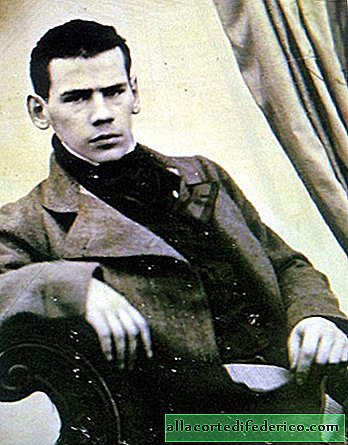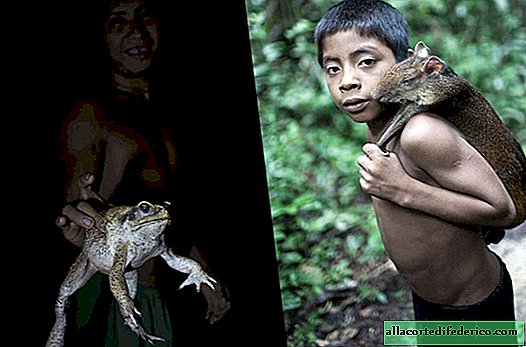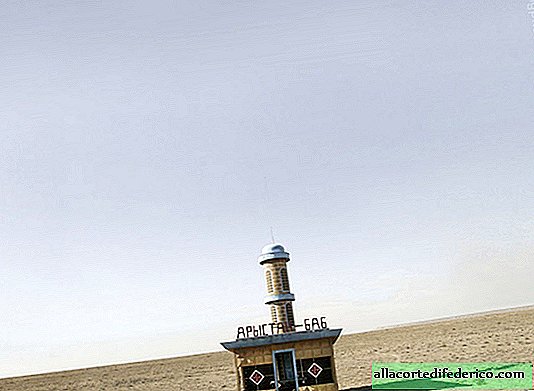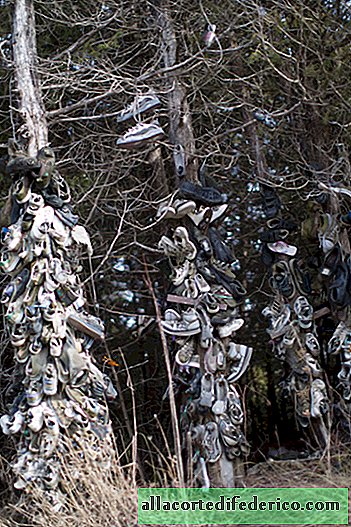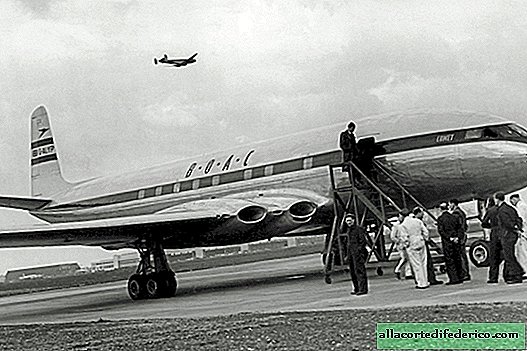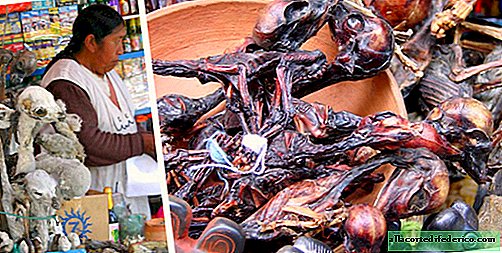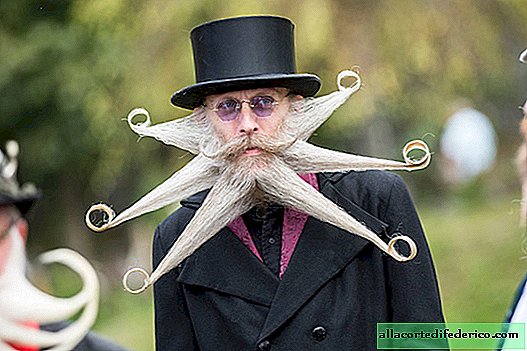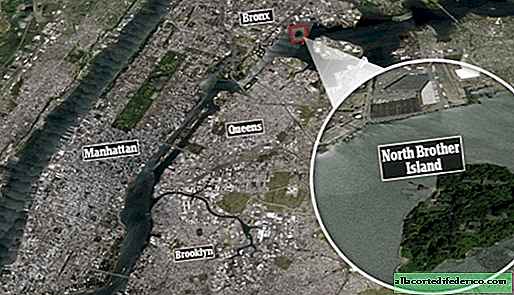Lake Atitlan in Guatemala, at the bottom of which lie the ruins of the ancient Mayan city
It seems that time in this amazing place in Guatemala has stopped 500 years ago. On the streets of small towns and villages, you can meet real Mayan Indians, dressed in traditional clothes and speaking their native languages. They cultivate corn in the surrounding fields, weaving and fishing. This is the region of Lake Atitlan, at the bottom of which lie the ruins of the ancient cities of the once flourishing Mayan civilization.
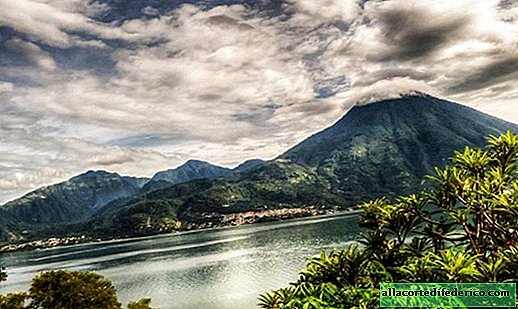
Lake Atitlan is located in the south-west of the country, in the department of Solol. This is a reservoir of irregular shape, with a depth of 340 meters and an area of 130 sq. Km, the origin of which is associated with the activity of volcanoes. Geologists believe that the lake was formed about 84 thousand years ago in the ancient volcanic caldera. Picturesque lake landscapes complement the peaks of three volcanoes located near the reservoir - Toliman, Atitlan and San Pedro. The most active of these is Atitlan, whose last eruption was recorded at the end of the 19th century.

The lake has long attracted the indigenous inhabitants of Mesoamerica with its fish wealth and fertile soils. On the shores of the lake, about 2,000 years ago, there were settlements of Mayan peoples. In the 90s of the last century, at the bottom of the lake, divers discovered the ruins of the ancient Indian city of Samabah. Most likely, the ancient settlement went under water as a result of movements of the earth's crust during the next volcanic eruption. The estimated age of the settlement is about 1700 years, that is, it existed here at the dawn of the Mayan civilization.

Ceramic household items, stone altars and ceremonial buildings were found in the muddy waters of the lake. In addition, the ruins of another settlement, which dates from an earlier period, were discovered. This settlement of the ancient Indians has not been sufficiently studied. Underwater archaeologists are interested in further studies of the water area of Lake Atitlan, since this place is considered very promising from the point of view of possible ancient finds.

Guatemala is still home to a large number of Native Mayan Indians. And if on average in the country the number of Native Indians reaches almost 40%, then in the department of Solol, where the lake is located, more than 85% of the population are indigenous peoples - Kakchikeli and Quiche. Both of them belong to the Mayan ethnic group and speak the languages of this group. Local communities practice traditional weaving and grow coffee and corn. Thanks to the preservation of the traditional Mayan culture and a large number of indigenous peoples among the local Guatemalans, the department of Solola has become very popular among tourists.









